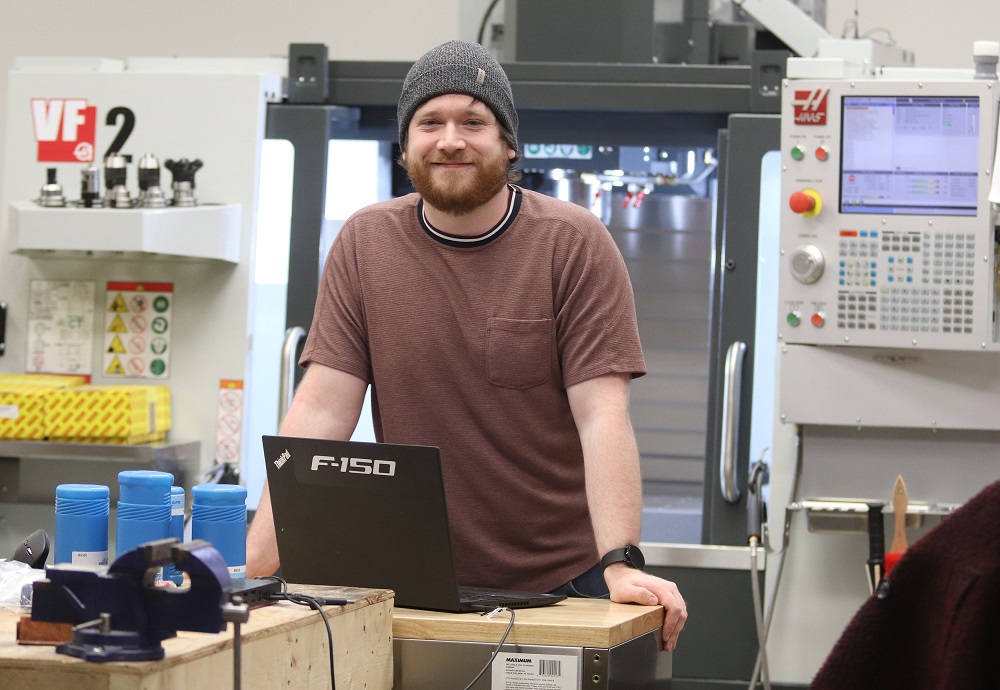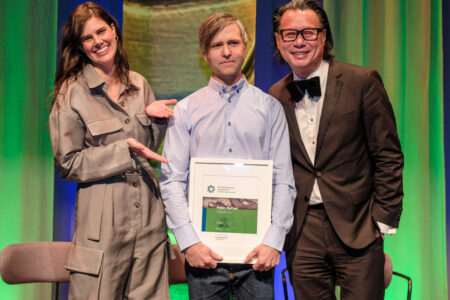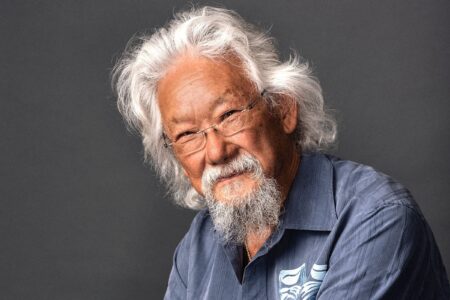Selkirk College Moving Up the National Research Rankings
A fundamental commitment in its strategic plan, Selkirk College is showing the nation what is possible with research and innovation at a rural post-secondary.
The annual “Canada’s Top 50 Research Colleges” list has been released and finds Selkirk College climbing up from 39 to 33 in the 2021 rankings that measures sponsored research income across the nation. With a 58 per cent increase in research funding and activity, Selkirk College ranks second in the province to the British Columbia Institute of Technology (BCIT).
“This signals a level of applied research and innovation maturity and success at our college,” says Dr. Terri MacDonald, the Director of Applied Research & Innovation at Selkirk College.
“Being a national leader puts us in a position to more easily secure funding for applied research which translates into paid applied internships for students and applied research learning in our classrooms. Learning by doing ensures our graduates have the skills they need to successfully transition into the workplace.”
Through hard work, strong community partnerships, senior government support and perseverance, over the last decade Selkirk College has steadily built the research and innovation component of its operations. With a collaborative energy, the Selkirk Innovates team works to solve an eclectic mix of challenging real-world problems presented by government, industry, the non-profit sector, small business and entrepreneurs.
The diverse scope of projects includes areas of climate change adaptation, helping small business develop new products, incorporating the latest technology into the forest sector, local government studies on rural homelessness and COVID-19 economic recovery plans.
Expanding Educational Opportunity
Student researcher Jacob Cramton graduated from Nelson’s L.V. Rogers Secondary in 2013 and entertained ideas about a post-secondary pathway focused on engineering. As he pondered his broader future, Cramton became a certified truck driver through Castlegar’s Mountain Transport Institute (MTI) and spent four years delivering food, hauling chips to Celgar and long-haul trucking for the agriculture industry.
With fires burning to learn more about CNC machining and take a different career path, Cramton returned to school at Selkirk College where he enrolled in the Millwright/Machinist Program at Nelson’s Silver King Campus. A stellar student and eager to learn more, Cramton was hired as a student researcher and now works with the Selkirk Technology Access Centre (STAC) team in Trail.
“It really doesn’t feel like a job,” says the 26-year-old. “You come in every day and you might not know what machine you will be running or what problem you will be solving. It’s awesome.”
The STAC is an important component of the Selkirk Innovates department and one of 60 Natural Sciences & Engineering Research Council of Canada (NSERC) facilities across the country. The team of faculty, staff and student researchers enable the development of commercializable products and services by solving complex problems with innovate solutions.
To get there, Cramton and his colleagues work with computer aided design, computer aided machining, 3D printing of both metal and plastic, laser cutting, CNC machining and waterjet cutting.
With an eclectic scope of projects for individuals, small and medium sized businesses, and industry partners, Cramton is never sure from one week to the next what he will be working on. He is currently working with a Northwest Territories-based environmental monitoring agency creating an interactive 3D topographical map to be used in public consultation for the Ekati Diamond Mine. Also currently on his desk is a project to create a unique handlebar stem for a Honda Ruckus scooter that was brought to STAC by a local entrepreneur looking to bring component parts to market.
“It’s like a puzzle and you have to solve it,” Cramton says of his work at STAC.
“It was never part of my plans to be a student researcher when I started at Selkirk College, but it’s amazing that it ended up happening. You have to definitely keep learning. I feel very fortunate to have an opportunity to work in place like this and get a chance to work on so many different projects. There is a variety that seems hard to achieve anywhere else.”
A Dynamic Future for Selkirk Innovates
In a top-50 list dominated by Ontario and Quebec schools—35 in total between the two provinces—Selkirk College is humbly making its way up an impressive list. The only other B.C. College to crack the list, aside from BCIT and Selkirk College, is Victoria-based Camosun College coming in at number-50.
More than 100 students and faculty worked on 97 different projects last year. The exciting growth for Selkirk Innovates strengthens the college overall with faculty able to work and expand areas of expertise which is ultimately brought into the classroom. But the focus remains on the learner, where students from almost every program have a chance to apply and get involved in working with external projects that expand knowledge and translate into solutions in a wide variety of areas.
“Opportunities for students will continue to grow through paid internships, related training opportunities and opportunities to explore research challenges and findings in Selkirk College classrooms,” says MacDonald.
“Student opportunities to tackle real work challenges using an inter-disciplinary approach will also continue to grow as will our inventory of highly specialized equipment and related faculty expertise.”
Learn more about Selkirk Innovates at: https://selkirk.ca/innovates

























Comments